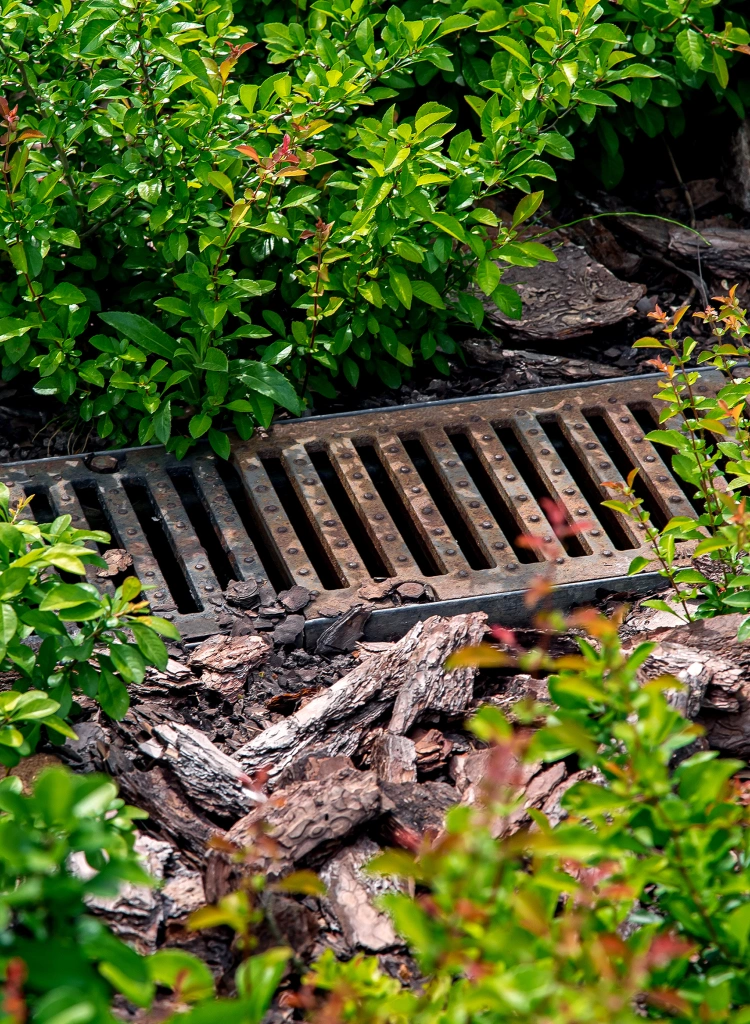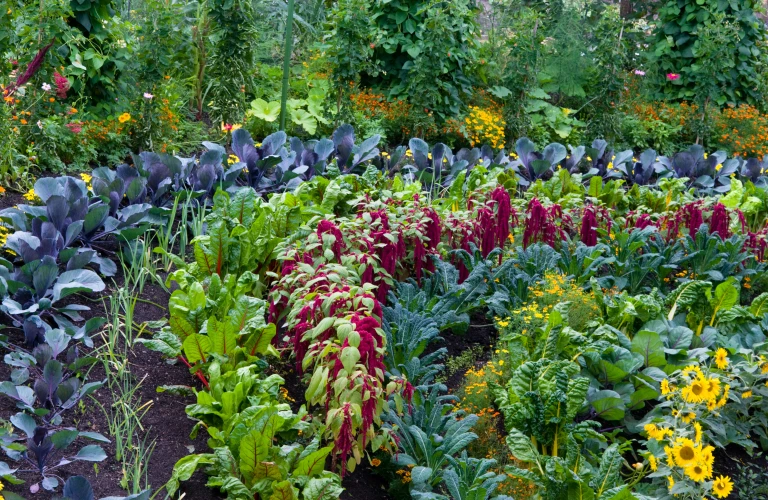
Solving Drainage Problems in Glasgow Gardens
Garden Flooding in Glasgow
If you love to garden, Glasgow is a wonderful place to be, its temperate climate hospitable to a beautiful variety of plants and flowers. However, if there is one thing we have in Glasgow, it is rain. The high rainfall contributes to those gorgeous, lush gardens, but it can also lead to drainage problems. One of the biggest challenges faced by gardeners in our area is excess water that leads to waterlogged soil and gardens that are not only unsightly but also, in some cases, unusable. Without the proper management, a boggy lawn can lead to soil compaction, root rot, and flooding. Fortunately, if you are proactive about determining the cause of the moisture problem and implementing strategies to alleviate it, you can reclaim even the wettest garden and turn it into a lovely, thriving sanctuary.
Recognizing the Signs of Poor Garden Drainage
If your soil cannot handle excess water, your garden may flood during periods of heavy rainfall. Your flower beds and pathways can have standing water for hours or days after a storm, and this can waterlog the soil and suffocate plant roots. Even if your garden is not completely flooded, it is easy to spot excess moisture. If the soil near the surface is puddled, or the lawn is soggy and squelches when you walk on it, you will know that you have drainage issues. Poor drainage can also result in a waterlogged lawn with a lot of moss growth, mushrooms or mould suddenly appearing, or grass and plants that are wilting or turning yellow. The earlier you spot signs of a problem, the more easily you will be able to address drainage issues before they ruin your garden.
What Causes Garden Drainage Problems?
What is making your garden squelchy and damp? Each circumstance is different, and there are many contributing elements that can create drainage problems. Obviously, gardens in areas of heavy rainfall may sometimes flood, but if it is a perpetual and serious problem, it means there are other factors at play.
- Your garden may be in a flood-prone location. If your home was built on what was once considered a flood plain, you will obviously have more drainage problems than someone with a home on higher ground or in a location where flooding is less likely. These areas can be problematic, not just because of water pooling around individual homes, but also because the infrastructure in place may not be suitable for proper drainage. During a heavy storm, culverts and drains may be overwhelmed by the volume of water. Flooding can also occur when nearby rivers and streams overflow, sending water into nearby gardens. If your drainage system is not properly maintained, you may face flooding.
- The soil may be unable to absorb water properly. Some types of soil can create a waterlogging problem. A high concentration of clay, dense patches of thatch, and too many layers of roots can prevent water from being absorbed. If the soil is compacted, whether from heavy machinery or heavy foot traffic, it may not be able to absorb as much water as it should.
- Your garden design may be causing your drainage problems. In an effort to achieve a more minimalist, low-maintenance design, many people are inadvertently creating a moisture problem. When hard landscaping replaces lawn, hedge, shrubs, trees, and other plants, there will be extra water that those plants would normally “drink”. Careful design takes this into consideration, and provides drainage as an alternative to all that water remaining on the surface of the garden.
Flooded Garden Solutions
One way to fix a waterlogged garden is to aerate or spike the lawn. You will need to wait for the lawn to drain, but then you will simply make holes in the lawn, either with a garden form, an aerator, or other aeration tools. Once you have made these holes, brush a free-draining substance like horticultural sand into them, to promote drainage. You may need to do this every few years. If your flower or vegetable borders have drainage issues, however, it may be enough to dig in some horticultural grit, organic matter, or compost. Your garden should be designed to naturally direct water away from the house, without dips that allow water to collect. If the problem is perpetual, and you find your lawn is frequently waterlogged, consider installing gutters or drains to divert excess precipitation. Another solution for a garden design that is less mucky is choosing plants that enjoy the wet soil. Irises, Cattails, Swamp Milkweed, Marsh Marigold, and Lobelia Cardinalis are all examples of plants that are perfect for helping to dry out a wet garden. Look for a qualified landscape designer to help you create a garden that is sustainable, environmentally friendly, practical, and enjoyable.
Contact North Hill Gardens for Garden Drainage Solutions and Much More
Poor garden design will never be a problem when you work with the experts at North Hill Gardens & our sister company GrassGo. One of the few companies in Scotland offering both garden design and landscaping maintenance, we employ only educated and well-qualified landscape architects. Our incomparable expertise, combined with our forward-thinking approach of fostering creativity and sustainability to inspire bold, imaginative solutions that are beneficial to our clients and the environment makes North Hill Gardens truly unique. Whenever you need help with your garden, whether you want to completely transform it or you just need expert maintenance assistance, you can trust us to bring out its full potential. Our mission is to create beautiful, sustainable, and functional gardens, and we believe that every garden can be an exquisite, tranquil sanctuary that brings joy and inspiration to the world. Our team of enthusiastic, skilled garden designers, landscapers, and horticulture experts has been serving communities in the UK for many years. Working closely with our clients, we strive to tailor each project to match their unique vision, in a way that is both creative and practical. Whatever you envision, our goal is to use our wealth of knowledge and passion for gardening to help bring it to life in your garden. If you are seeking landscaping, garden design, or maintenance, contact us or visit https://www.grassgo.co.uk/ to find out how our experienced team can help.
Other Posts

Winter Garden Glow: Lighting Ideas for Cosy Outdoor Spaces

Create Impact with a Statement Garden Feature
